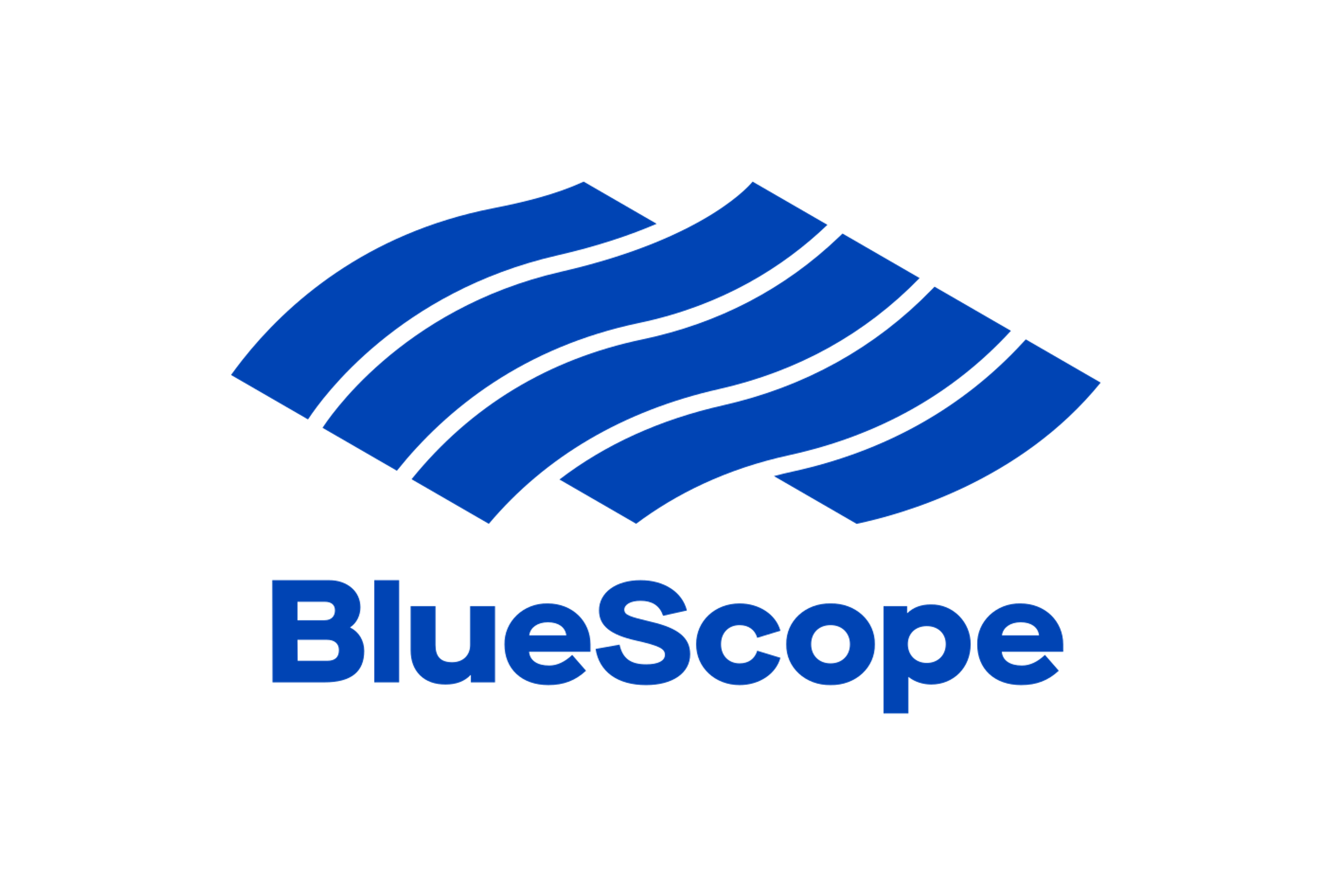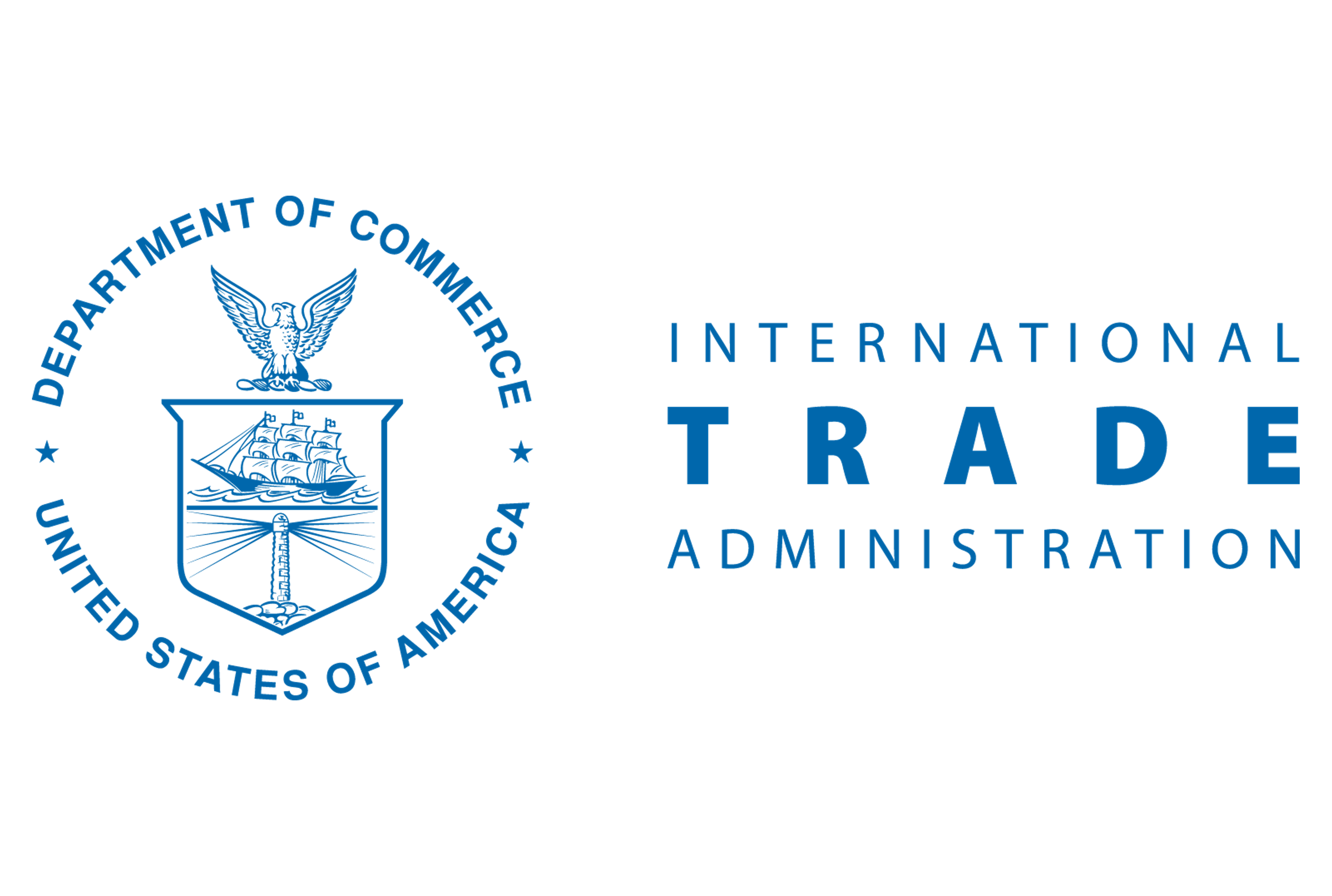Overseas
December 16, 2022
USS Sees Stormy Q4, Bright Spot in Gary Works Pig Iron Caster
US Steel said sourcing pig iron from its Gary Works in Indiana in the first half of 2023, and working through the remainder of the high-priced raw materials, are expected to improve its mini mill segment’s financial results.
However, in guidance released Thursday, Dec. 15, the Pittsburgh-based steelmaker said the mini mill segment’s adjusted earnings before interest, taxes, depreciation, and amortization (EBITDA) is expected to be negative in the fourth quarter.
![]() Reasons cited included significantly reduced average selling prices from the segment’s exposure to spot selling prices and the consumption of high-cost raw materials procured at the onset of the Ukraine conflict.
Reasons cited included significantly reduced average selling prices from the segment’s exposure to spot selling prices and the consumption of high-cost raw materials procured at the onset of the Ukraine conflict.
The company noted, however, the Gary Works could offset this when production ramps up there. US Steel recently reported that hot commissioning is underway and several full ladles of hot iron have been cast at Gary Works.
“Our commissioned pig iron facility at Gary Works will begin delivering cost-advantaged pig iron to Big River Steel (in Arkansas) in the first half of 2023,” David B. Burritt, US Steel president and chief executive officer, said in a statement.
Overall, US Steel said Q4 2022 adjusted EBITDA is expected to be approximately $375 million, with adjusted net earnings per diluted share in the range of $0.58 to $0.63.
The company’s net income was $490 million, with net earning per diluted share of $1.85 in the third quarter.
“Our expected fourth-quarter performance is in line with commentary provided on our October earnings call,” Burritt said.
Burritt noted that December commercial demand in the US is better, and scrap prices have begun to increase this month.
The flat-rolled segment’s adjusted EBITDA, however, is expected to be lower than the third quarter, US Steel said.
Results were impacted significantly by reduced average selling prices from the segment’s exposure to spot selling prices, and the consumption of high-cost raw materials.
Continued customer de-stocking and seasonal demand factors are expected to result in lower shipments, the company said.
The tubular segment proved brighter for US Steel, with incremental earnings expected compared to Q3.
“Our tubular segment is expected to deliver another incrementally strong quarter,” Burritt said.
The company said US drilling rates remain steady, supporting strong customer demand and prices for seamless oil country tubular goods (OCTG).
In addition, successful trade action on OCTG product has reduced unfairly traded imports, according to US Steel.
“Our expected fourth-quarter adjusted EBITDA includes the impact of a non-recurring, non-cash adjustment of approximately $20 million,” the company said.
However, the European segment’s adjusted EBITDA is expected to be lower than Q3.
“Traditional year-end customer destocking has been slower than expected due to reduced demand from end-customers,” US Steel said.
Additionally, the company added that, “High-cost raw materials, an extended supply chain, and elevated energy costs continue to pressure margin performance.”
In its North American flat-rolled segment, the company said temporary idlings continue at blast furnace No. 3 at Mon Valley Works in Pennsylvania, blast furnace No. 8 at Gary Works, and tin line No. 5 at Gary Works.
In Europe, blast furnace No. 1 and No. 2 remain idled US Steel Kosice.
By Ethan Bernard, Ethan@Steelmarketupdate.com






